当日発送について
以下の条件に該当するご注文を当日配送いたします。
・平日(営業日)の12時までにご注文が完了。
・ご注文いただいた商品の在庫がすべてある場合。
・お支払方法がクレジットカード決済か代引きの場合。
※受注状況や確認事項の有無などにより、お時間をいただく場合がございます。
定休日のご案内
土日祝日、お盆、年末年始などは出荷業務をお休みいたします。
Now Loading...
以下の条件に該当するご注文を当日配送いたします。
・平日(営業日)の12時までにご注文が完了。
・ご注文いただいた商品の在庫がすべてある場合。
・お支払方法がクレジットカード決済か代引きの場合。
※受注状況や確認事項の有無などにより、お時間をいただく場合がございます。
土日祝日、お盆、年末年始などは出荷業務をお休みいたします。
Rakott krumpli
ラコットクルンプリ
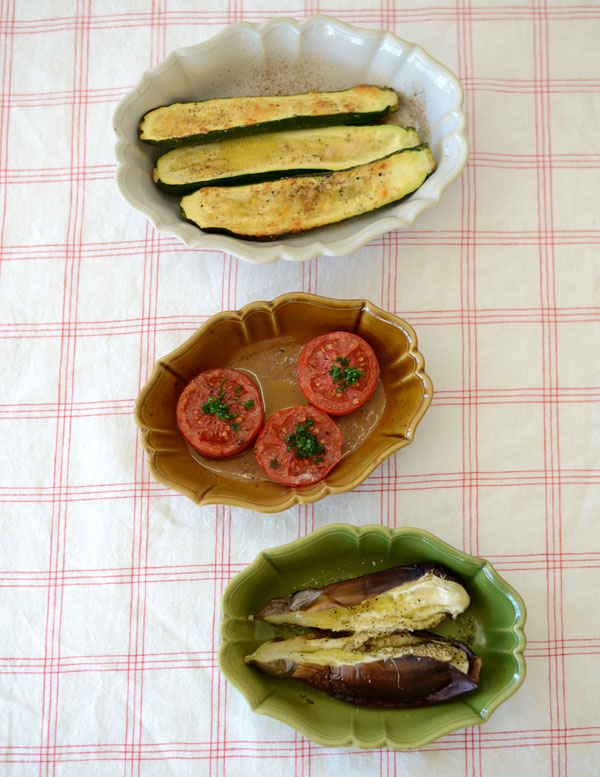
麗らかな季節のオーブンウェア
ラコットクルンプリはハンガリーのオーブン料理の名前です。
じゃがいも、ゆで卵、ソーセージ、好きな具材にサワークリームを重ねて
オーブンでじっくり焼くとできあがり。
子供も大人も大好きな料理で
気軽な家庭料理としてよく登場するそうですよ。
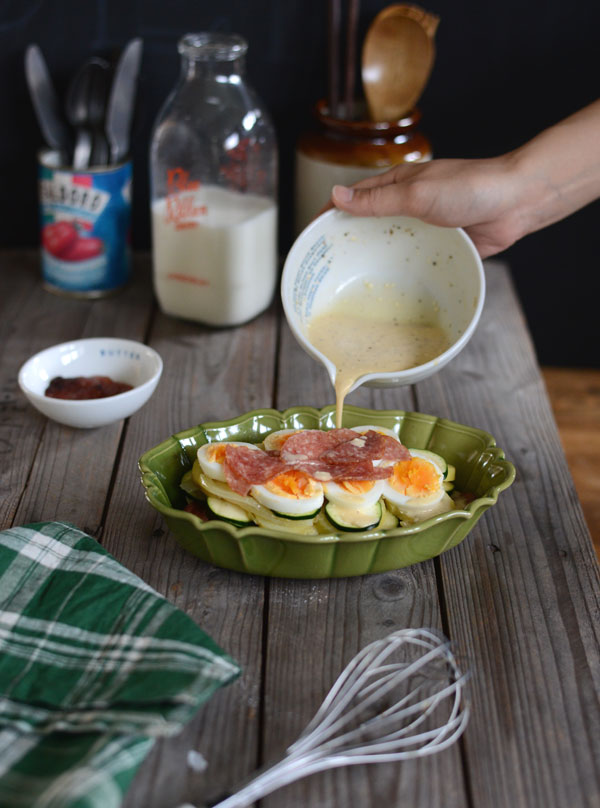
「ラコット」は重ねる、「クルンプリ」はポテトの意味で、
音の響きに惹かれて名付けました。
長い名前なので「クルンプリ」と親しみを込めて呼んで頂けると嬉しいです!
定番料理も魅力的に演出してくれるのがクルンプリ。
蚤の市で見つけたようなエレガントさと大らかさがあり、
一年中使いたくなるオーブンウェアがあったら、、、
という思いから色や形を考えました。
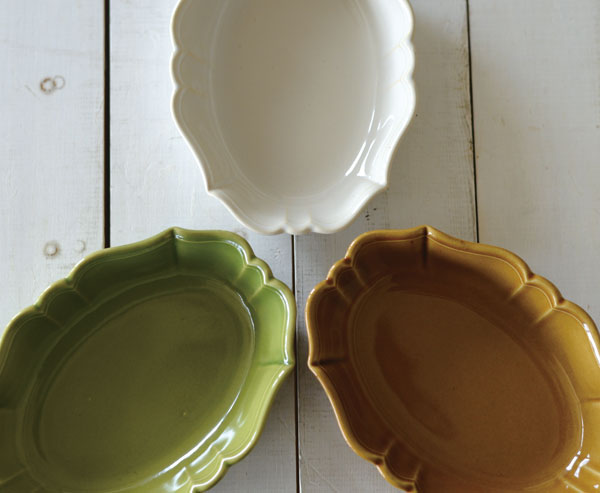
色は春夏をイメージして選びました。
特に、グリーンは今回のために試験をして作ってもらった新色です!
土の質感やあたたかさは残しつつ
南仏のような雰囲気で、爽やかなオーブンウェアに仕上がりました。
形の一番のポイントはリムの起伏です。
流れるような曲線ときゅっと引き締める線のバランスを追求しました。
上面から見ると膨らんだりへこんだり。横から見ると上がったり下がったり。
平面図面だけでは細部の動きまでは型屋さんに伝わらず
粘土、スケッチ、イメージ写真などあらゆる方法ですりあわせ、
丁寧に形にしていきました。
花や貝殻を思わせる形は食卓を華やかにしてくれます。
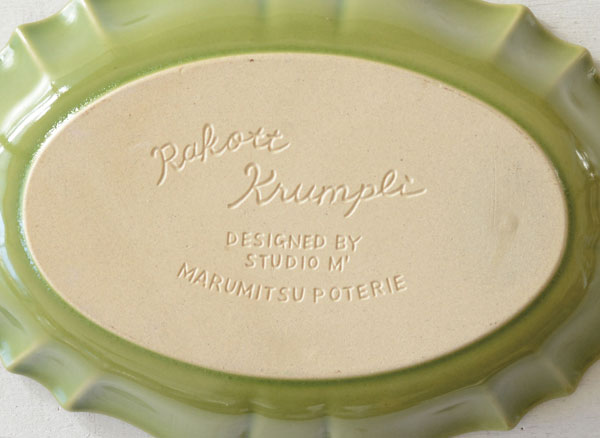
裏のロゴは勢いのある筆記体です。
大らかな文字を広い面いっぱいに配置して楽しそうな響きを表現しました。
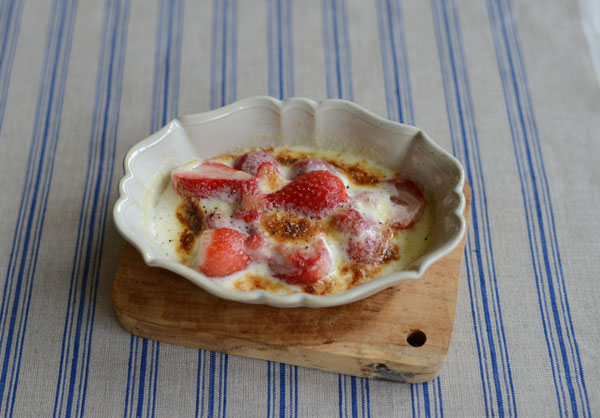
スタジオエムのオーブンウェアの中ではめずらしく広がった形状は
有機的なリムの起伏や縁のラインが美しく見えるようにと考えました。
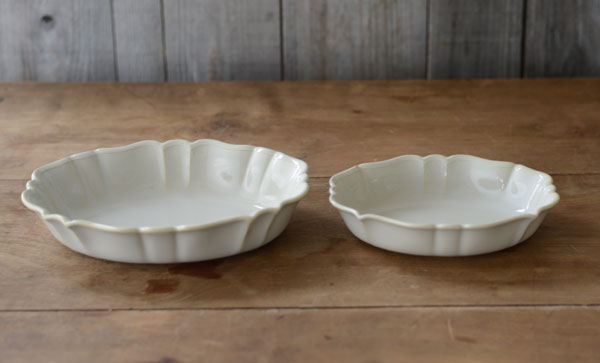
縦の線は底に近づくにつれ薄く消えていき
底はスプーンが使いやすいよう丸くなっています!
オーブンウェアとして深さもしっかりあります。
Lはグラタン2人分、Sは1人分サイズです。
マルミツポテリにある既存のオーブンウェアを全て測って
理想の容量を導きだしました!
最近ではトースターでグラタンを楽しむ家庭も増えているそう。
クルンプリは取手がなくコンパクトなのでレンジ、トースターでもお使い頂けます。
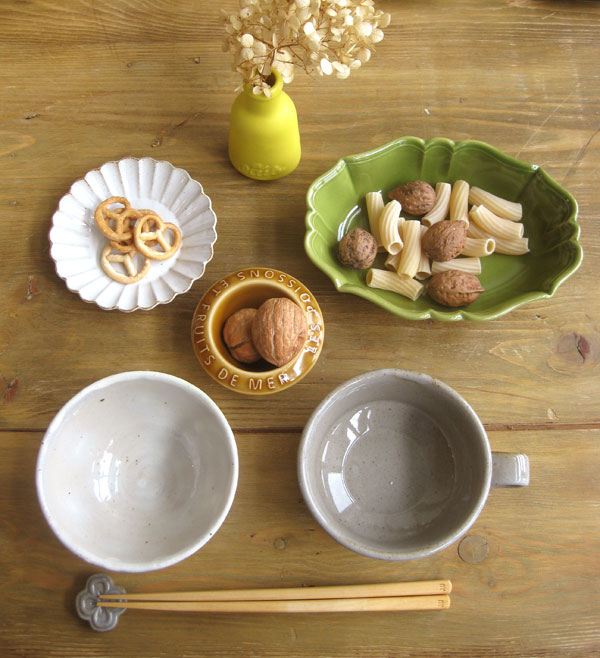
ハンバーグのオーブン焼きや夏野菜のグリル、カレーやパスタ、
サラダ、一汁三菜の盛り鉢として幅広く使えます。
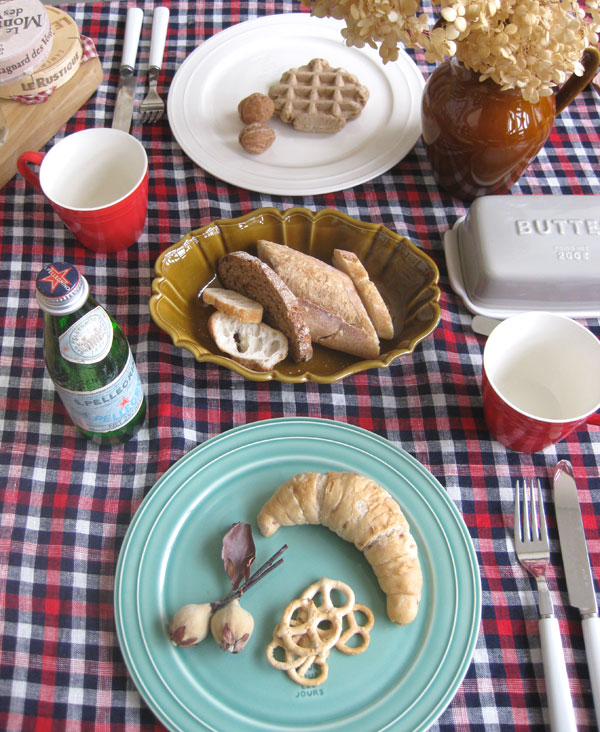
定番料理もこれから新しく挑戦する料理も華やかに見せてくれるクルンプリ。
クルンプリで季節ごとのオーブン料理をお楽しみください。